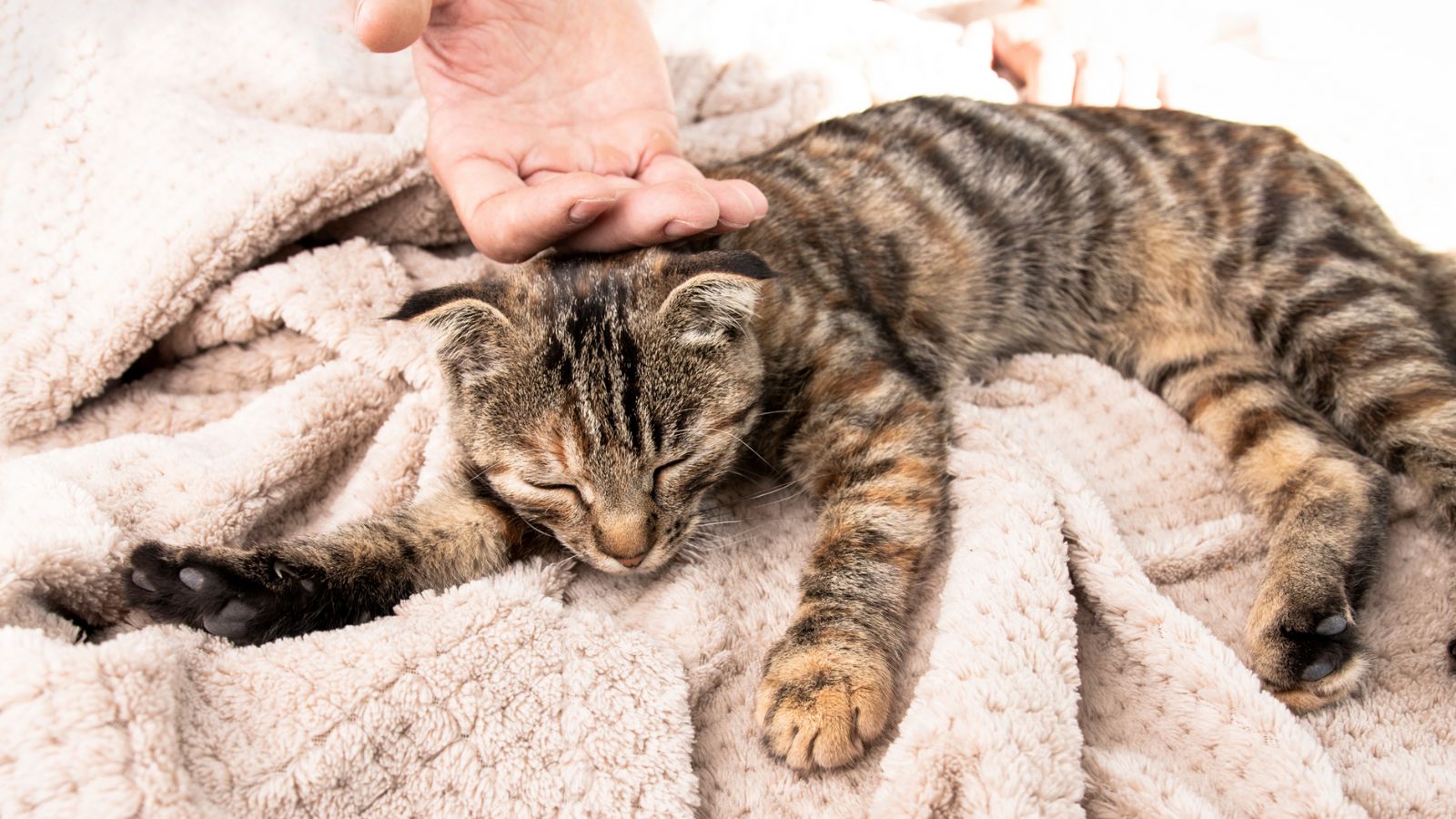Cats are masters of disguise, especially when they’re not feeling their best. You might have noticed your feline friend disappearing when under the weather. This behavior is deeply rooted in their evolutionary past.

Cats hide when they’re sick as a survival instinct inherited from their wild ancestors. In nature, showing weakness makes an animal vulnerable to predators. By concealing themselves, cats aim to avoid attracting attention and stay safe while they recover.
This instinct is so strong that even domesticated cats in safe homes will seek out quiet, secluded spots when ill. Recognizing this behavior can help you identify when your cat needs veterinary care. Pay attention to changes in your cat’s habits and hiding patterns to ensure they receive prompt medical attention when necessary.
The Natural Instincts of Cats
Cats possess deeply ingrained instincts that shape their behaviors, especially when it comes to illness and self-preservation. These instincts stem from their evolutionary history as both predators and prey.
Predatory Behaviors and Survival
Cats are natural hunters, equipped with sharp senses and agile bodies. You’ll notice your cat stalking toys or small objects, mimicking their wild ancestors’ hunting techniques. This predatory drive is essential for survival in the wild.
When cats feel vulnerable, such as during illness, they tap into their survival instincts. You might observe your cat seeking out quiet, secluded spots when unwell. This behavior helps protect them from potential threats.
Felines are also territorial creatures. You’ll see them marking their space through scent glands in their cheeks and paws. This instinct to claim and defend territory persists even in domestic settings.
Stress Response and Illness
Cats are sensitive to changes in their environment. When stressed or ill, their natural response is to hide. You may find your sick cat tucked away in closets, under furniture, or in rarely used rooms.
This hiding behavior serves multiple purposes. It allows cats to conserve energy and focus on healing. It also shields them from perceived dangers while in a weakened state.
Your cat’s instinct to conceal illness is deeply rooted. In the wild, showing weakness could attract predators. By hiding, cats aim to protect themselves until they recover.
Recognizing these natural behaviors can help you better understand and care for your feline companion during times of illness or stress.
Recognizing the Signs of a Sick Cat
Cats often mask illness, making it crucial for you to spot subtle changes. Keeping an eye on your cat’s behavior and physical condition can help you identify potential health issues early.
Changes in Behavior and Routine
Watch for shifts in your cat’s normal habits. If your usually social cat starts hiding more frequently, it could indicate discomfort or illness. Pay attention to changes in appetite, water intake, and litter box use.
Look for decreased grooming or over-grooming in specific areas. A cat that becomes less active or sleeps more than usual may be unwell. Unusual vocalization, like excessive meowing or growling, can also signal distress.
Note any alterations in your cat’s routine. This includes changes in preferred sleeping spots or avoidance of favorite activities.
Physical Symptoms of Illness
Observe your cat’s physical appearance for signs of illness. Check for:
- Weight loss or gain
- Dull or matted coat
- Discharge from eyes or nose
- Swelling or lumps
- Limping or difficulty moving
Feel for changes in body temperature. A warm nose doesn’t always indicate fever, but it’s worth monitoring. Listen for coughing, wheezing, or labored breathing.
Examine your cat’s mouth for redness, swelling, or bad breath. These can indicate dental issues or other health problems. Check the litter box for changes in urine or stool consistency and color.
How to Respond to a Hiding Cat
When your cat hides due to illness, it’s crucial to approach the situation carefully. Your response can greatly impact your cat’s comfort and recovery.
Creating a Safe Environment
Provide a quiet, warm space for your hiding cat. Place food, water, and a litter box nearby. Avoid forcing your cat out of hiding, as this may cause stress. Instead, offer gentle encouragement with soft voices and treats.
Keep other pets away from the area to minimize disturbances. Use familiar bedding or toys to create a comforting atmosphere. Check on your cat regularly, but respect their need for solitude.
Consider using pheromone diffusers to help reduce anxiety. These products mimic natural cat scents and can promote relaxation. Ensure proper ventilation and maintain a consistent room temperature.
When to Consult a Veterinarian
Monitor your cat’s hiding behavior closely. If it persists for more than 24 hours, contact your vet. Watch for additional symptoms like loss of appetite, lethargy, or changes in bathroom habits.
Keep track of your cat’s food and water intake. Note any vomiting, diarrhea, or unusual vocalizations. These could indicate serious health issues requiring immediate attention.
If your cat shows signs of pain or distress, seek veterinary care promptly. Prepare a list of observed symptoms and changes in behavior for your vet appointment. Be ready to describe your cat’s hiding location and duration.
Your vet may recommend bringing your cat in for an examination. Follow their advice on how to safely transport your hiding cat to minimize stress during the visit.
